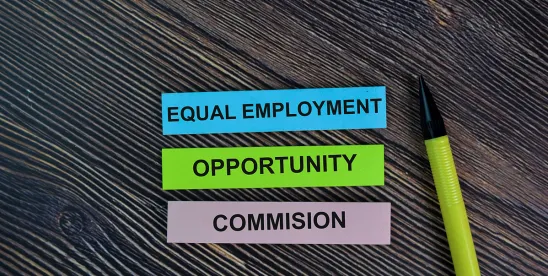Recall that just last year, the EEOC updated its Enforcement Guidance on Harassment in the Workplace for the first time in 30 years. We blogged about it here. Earlier this year, President Trump issued Executive Order 14168 directing the EEOC to rescind portions of the guidance; however, the EEOC took no action because it lacked quorum. Now, in Texas, et al. v. Equal Employment Opportunity Commission, et al., a federal judge in the Northern District of Texas has taken action for the EEOC by vacating portions of the guidance.
The Opinion
In Fall 2024, the state of Texas and the Heritage Foundation challenged the definition of “sex” and the scope of sexual harassment set forth in the guidance, as it relates to sexual orientation and gender identity. The guidance provided, in relevant part, that sex-based harassment included “harassment based on sexual orientation or gender identity, including how that identity is expressed” and gave examples of harassment based on sexual orientation and gender identity. The guidance also provided that outing an individual or the denial of access to a bathroom or other sex-segregated facility is harassing conduct.
The Northern District of Texas disagreed. In the recent opinion, the court held that the guidance “contravenes Title VII’s plain text by expanding the scope of ‘sex’ beyond the biological binary: male and female” and took issue with the guidance’s instruction that “effectively requires employers to provide accommodations to all transgender employees to avoid the threat of litigation[.]” The court held that the Supreme Court’s opinion in Bostock does not cover the expansion of the definition set forth in the guidance and therefore “does not authorize the Guidance’s explanation of Title VII ‘sex’ to include new categories or classes.” The opinion states “the Guidance enters the forbidden realm of substance, moving beyond the plain text of Title VII or binding Supreme Court precedent to create a new unauthorized definition.” The court also pointed out that the guidance expanded an area that the Supreme Court explicitly refused to address in Bostock: “bathrooms, locker rooms, or anything else of the kind.” Ultimately, the court vacated certain portions of the guidance.
The EEOC’s Response
Earlier this week and in response to the order, the EEOC issued a press release indicating that while it cannot rescind or modify the guidance at this time (because there is no quorum), “to assist the public” “it has labeled and shaded the vacated portions.” The edited guidance may be found here.
So, What Do You Do?
While the Northern District of Texas believes the EEOC went too far, other districts and circuits, including the Eleventh Circuit, have held that intentionally and repeatedly misgendering someone could contribute to a hostile work environment. Some states, such as California and Colorado, also have state laws prohibiting discrimination based on sexual orientation and gender identity. So, where do we stand? In murky water.
While it looks like the Trump administration won’t be championing transgender and gender identity issues, mistreatment in the workplace based on these characteristics could still be an issue in court and under state law. The best practice is to stay vigilant. If employees are complaining about mistreatment of any kind, even mistreatment based on transgender or gender identity issues, address it. Train your workforce, investigate as soon as you hear of alleged misconduct, and ensure that you are not dismissing these complaints as no big deal. We don’t believe we’ve seen the end of this yet and will keep you updated.





 />i
/>i

